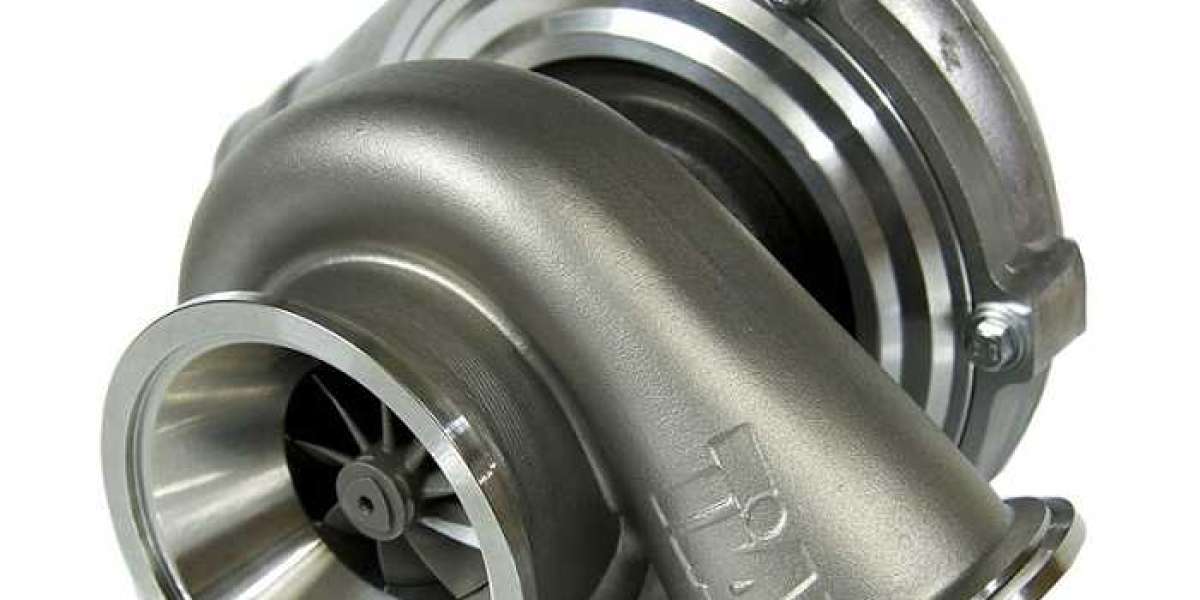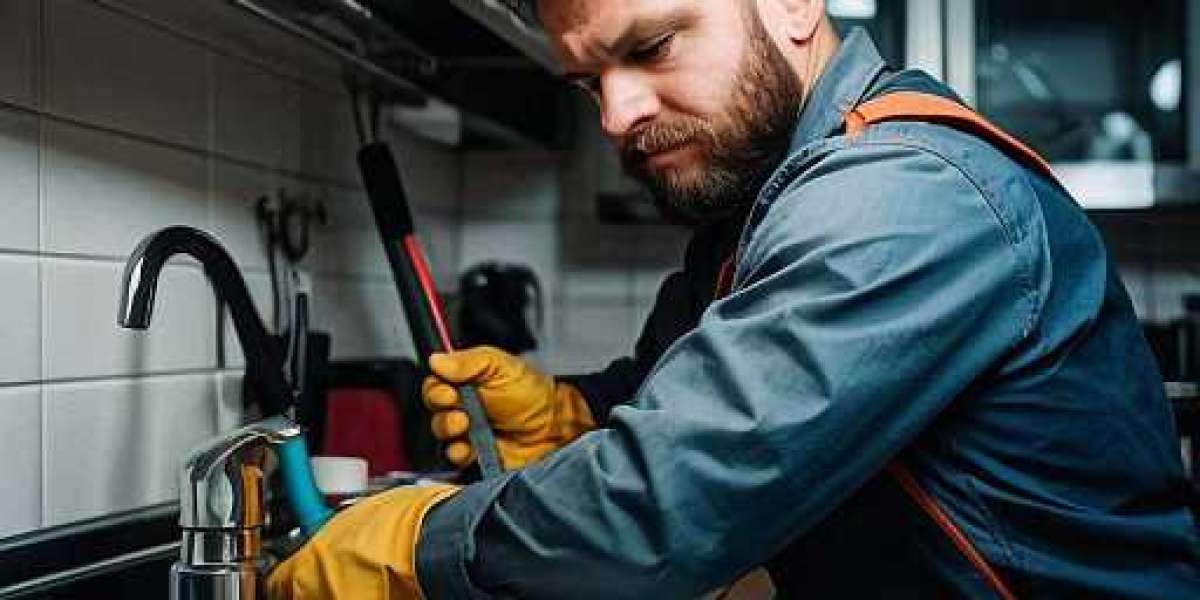Original title: Do you really know the guide wire of urology? Editor's note Surgery is not only a technology, but also an art and a philosophy. Urological surgeons in China have summed up many "small" skills, "small" summaries and "small" experiences while pursuing their own skills. In fact, it is small only because of its small length and small topic, but it is not practical. The purpose of "Small Skills and Great Skills" is to share your experience through the platform of Laikai Medical Official Micro. I sincerely thank Director He Yi and Dr. Wu Lingfeng of Jiaxing First Hospital for their first contribution to us. It is not spring to outshine others, but it is spring to let a hundred flowers blossom. Welcome to discuss in the message area. Do you really know the guide wire of urology? Urological guide wire, as a guide tool for endoluminal surgery, plays an important role in various endoscopic operations in urology. But do you really know what wire you're using? What is the diameter of the guidewire? Top form? Surface coating? Material? Hardness? Wait. Have you ever encountered the situation that the double J tube can not be pushed and wrinkled (Figure 1)? If it's the first time you've used this pair of J tubes, it's possible that your guidewire is too thick. At present, the diameters of guide wires on the market are mainly 0.028 in, 0.032 in, 0.035 in and 0.038 in. According to the different thicknesses of double J tubes, we need to choose guide wires with different diameters. For example, the commonly used 5 Fr ureteral stent tube, the matching stent is often 0.028 in or less than this specification. In addition, some guide wires are coated with hydrophilic coatings, which are very slippery when exposed to water and do not require the use of other lubricants. Zebra guidewire is a common hydrophilic coated guidewire. If there is no guide wire with hydrophilic coating, we need to fully lubricate the guide wire when using it, otherwise the situation in Figure 1 may also occur. But even with a hydrophilic coating,titanium filler rod, if the guidewire is thick, there is still no way to pass through the 5Fr stent. Have we experienced ureteral perforation during rigid ureteroscopic surgery or placement of a flexible ureteroscopic sheath? Most of these cases were related to the failure of the ureteral guide wire to be in place, in addition to the violent entry of the endoscope or sheath. When the hard part of the ureteral guide wire has not yet passed through the twisted ureter, it is very easy to cause ureteral injury and perforation by entering the endoscope or sheath. In addition, if the guide wire bends earlier in the ureter or returns, the tip of the sheath will still injure the ureter when the soft sheath is placed. Expand the full text The ureteral guide wire has two ends, and we should fully understand the shape and material of the two ends. For most guide wires, one end is a soft head,ti6al4v, which can be bent and has good passability, while the other end is a hard head, which is generally not suitable for "taking the lead", otherwise it is easy to cause tissue damage, perforation and so on. Of course, there are also guide wires with soft heads for doctors to choose. Soft head generally has two forms, one is straight head, the other is elbow, each has its own advantages. A straight guidewire easily enters the ureteral opening, while a curved guidewire more easily passes through the twisted segment of the ureter. The main part of most ureteral guide wires is made of nickel-titanium alloy, which has good torsion and tensile force, can resist folding, and is convenient to bypass stones and narrow segments. Some ureteral guide wires are made of stainless steel spiral material with Teflon coating. Because Teflon material is the material with the lowest friction coefficient in the world, nickel titanium wire ,titanium tubing price, this kind of guide wire is often used for stent placement. In short, with the development of endoscopic technology, according to the different characteristics of surgical methods combined with guide wires, the selection of different guide wires will be a link that can not be ignored for the success of surgery. Personal profile Wu Lingfeng Wu Lingfeng, Chief Physician, Deputy Director of Urology, Affiliated Hospital of Jiaxing University/First Hospital of Jiaxing City. Member of Urolithiasis Prevention and Rapid Rehabilitation Group of Urology and Andrology Rehabilitation Committee of Zhejiang Rehabilitation Medical Association and Member of Pediatric Surgery Committee of Jiaxing Medical Association. He graduated from Anhui Medical University with a master's degree in clinical medicine. He presided over one project of Jiaxing Science and Technology Bureau, participated in one provincial natural science project and two projects of Jiaxing Science and Technology Bureau as the main participant, published five articles in SCI and core journals as the first author or corresponding author, and completed three awards for new technology projects as the first person in charge. He is mainly engaged in the treatment of urinary calculi, tumors, prostate and other diseases, especially in the minimally invasive treatment and comprehensive management of urinary calculi. Department of Urology, Jiaxing First Hospital Established in 1976, the Department of Urology of Jiaxing First Hospital is the first department of urology in Jiaxing area and the oldest key discipline at the municipal level in northern Zhejiang. In 2019, it was again rated as the key supporting discipline at the municipal level. At present, it is the largest and most powerful discipline in Jiaxing area. Under the leadership of He Yiquan, Jiang Zhenhua and He Yi, the three directors of the department, it has developed vigorously from scratch. At present, it has 100 permanent beds and more than 20 members of the department. After 40 years, the specialty has accumulated rich experience in the diagnosis and treatment of urological diseases. After years of sub-specialty construction, A series of minimally invasive techniques, such as laparoscopy, urethroscopy, ureteroscopy, percutaneous nephroscopy, tension-free urethral suspension, laser technology, prostate particle implantation, micro-andrology technology, pelvic floor rehabilitation, urinary control diagnosis and treatment, pediatric urology, urinary incontinence and stoma nursing, have been developed in an all-round way, and the treatment level has reached the same level in the province and even in China. It has taken the lead in developing new technologies such as 3D laparoscopic series surgery, transurethral laser enucleation, Sun's soft and hard lens, prostate particle implantation, ultra-fine channel percutaneous nephrolithotomy and so on, and DRGS data ranks first in Zhejiang Province. The specialist is equipped with a series of sophisticated urology specialist diagnosis and treatment equipment, and the hardware and software facilities are leading in China. Many members of the department hold corresponding positions in societies at all levels, and the department is also a postgraduate training point and a GCP drug clinical verification unit. In the past ten years,3d titanium wire, members of the department have completed more than 20 scientific research projects at all levels, held 15 national and provincial continuing education classes, and published more than 80 articles including SCI and first-class journals. Return to Sohu to see more Responsible Editor:. yunchtitanium.com
Search
Popular Posts








